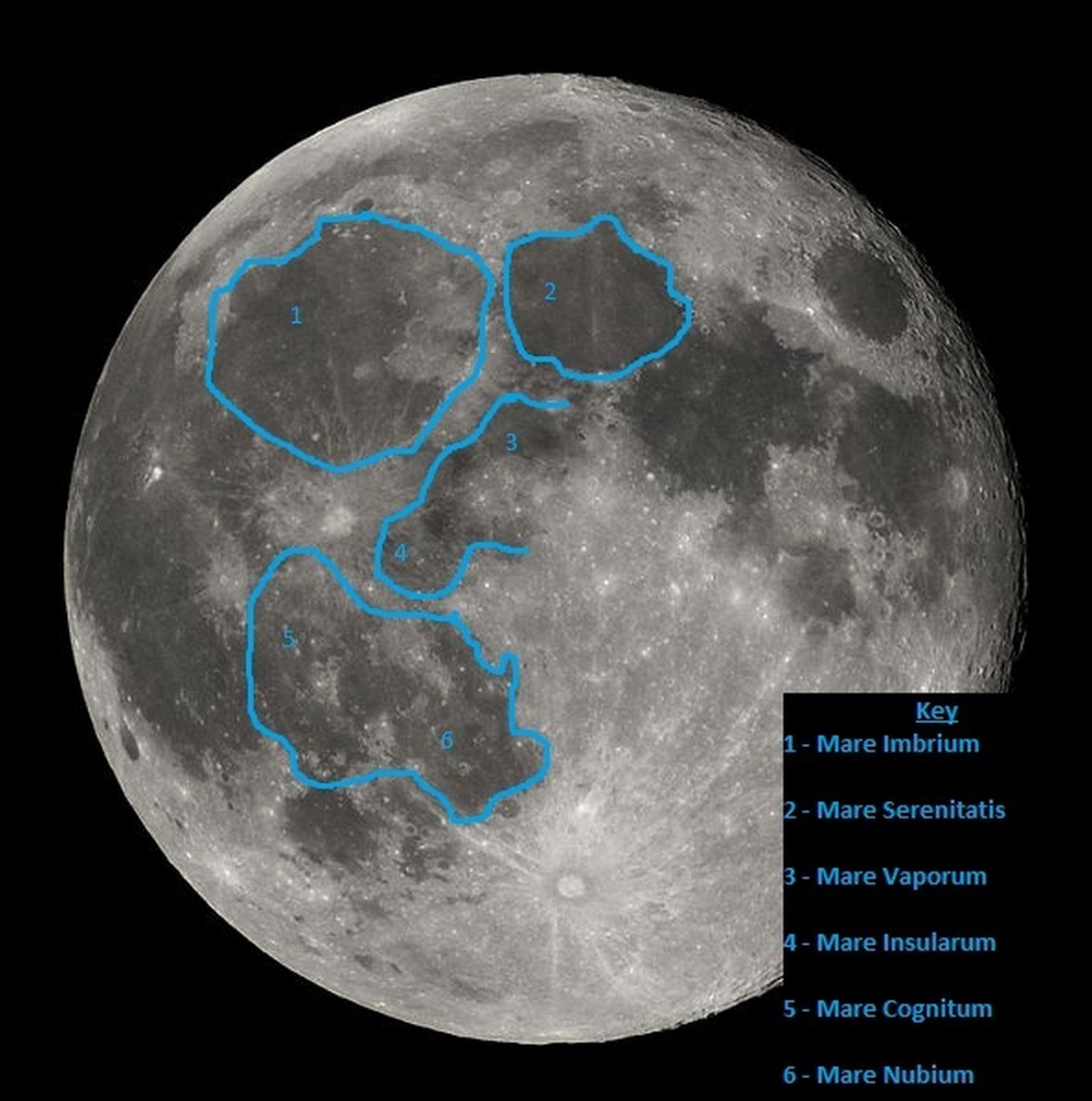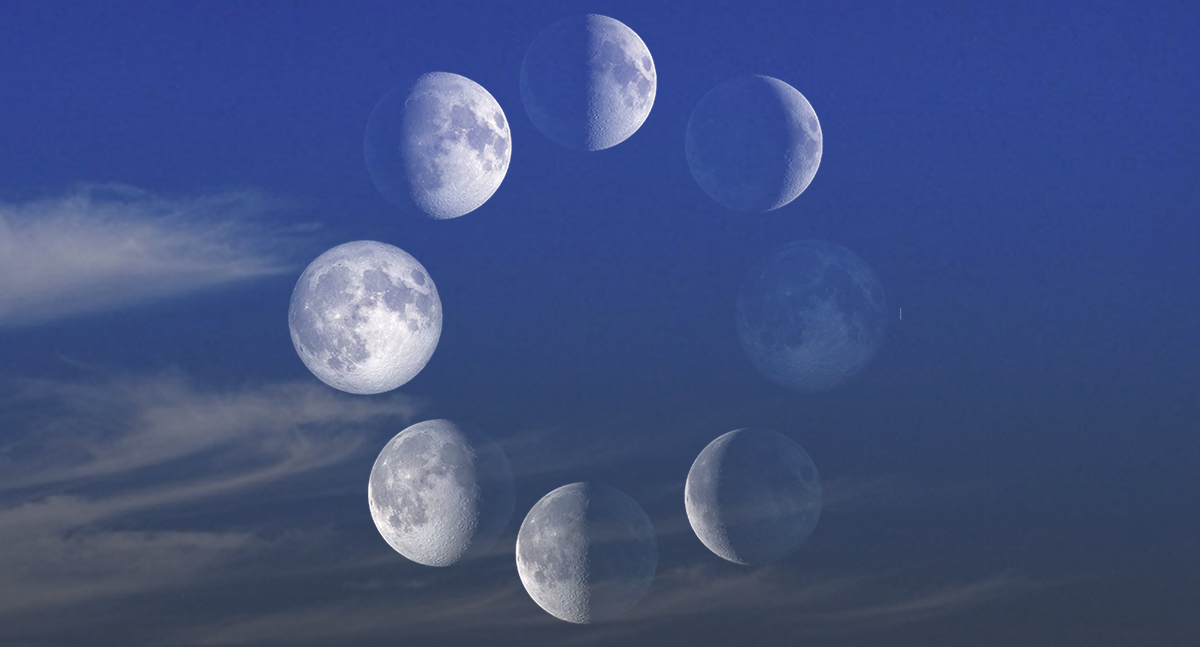The moon has long been a symbol of mystery, change, and inspiration in literature and art. Its ethereal glow has captured the imaginations of countless creators across cultures and eras. In contemporary literature, Patricia Briggs stands out as an author who deftly weaves lunar themes into her narratives, particularly in her urban fantasy series, such as the “Mercy Thompson” and “Alpha & Omega” series. This article delves into how Briggs incorporates lunar motifs into her storytelling and how these elements enhance her characters and plotlines.
The Allure of the Moon in Literature

The moon has served as a powerful muse in literary traditions for centuries. It often symbolizes various themes such as:
- Transformation: The phases of the moon reflect change and renewal, mirroring the journey of characters.
- Femininity: Historically, the moon has been associated with female deities and the cycles of womanhood.
- Mystery: The moon’s light reveals and conceals, embodying the duality of knowledge and ignorance.
- Connection to Nature: The moon influences tides and natural cycles, linking characters to the earth and its rhythms.
Patricia Briggs acknowledges this rich symbolism in her works, using the moon as a backdrop for her characters’ transformations and inner conflicts.
Briggs’ Unique Approach to Lunar Themes
Briggs often intertwines lunar elements with her characters’ experiences, particularly those who are shapeshifters or have supernatural abilities. The moon’s phases frequently correlate with pivotal moments in her narratives, emphasizing themes of change and identity. For example:
- Shapeshifting and the Full Moon: In many of her stories, the full moon triggers transformations, aligning with traditional folklore that associates the moon with werewolves and other shapeshifters.
- Emotional Resonance: The emotional states of her characters often mirror the moon’s cycles, reflecting feelings of isolation, longing, or awakening.
- Connection to the Earth: Characters often find themselves drawn to nature during lunar events, highlighting their primal instincts and connections to ancestral roots.
Case Studies: Lunar Imagery in Key Works
Examining specific examples from Briggs’ works reveals how she uses lunar imagery to deepen her storytelling.
Mercy Thompson Series

In the “Mercy Thompson” series, the moon plays a crucial role in the development of the protagonist, Mercedes “Mercy” Thompson, who is a mechanic and a shapeshifter. Throughout the series, the full moon often signifies moments of heightened tension and transformation:
- Transformation Under the Moon: In “Moon Called,” the first book in the series, Mercy’s shapeshifting abilities are explored in relation to the full moon, which serves as a catalyst for various events.
- Emotional Turmoil: The characters often experience inner turmoil during lunar phases, reflecting their struggles with identity and self-acceptance.
Alpha & Omega Series

The “Alpha & Omega” series further explores the significance of the moon through its characters, particularly Anna Latham and Charles Cornick. Their stories highlight the moon’s influence on their relationship and individual growth:
- Connection to the Pack: The full moon gatherings of the wolf pack emphasize community and the importance of familial bonds, which are central themes in the series.
- Inner Conflicts: Anna’s struggles with her wolf side and her connection to the lunar cycle illustrate the tension between her human emotions and her supernatural instincts.
The Symbolism of the Moon in Character Development

The moon serves not just as a backdrop, but as a catalyst for character development in Briggs’ works. It often reflects the internal struggles and transformations of her characters:
- Mercy Thompson: Mercy’s journey as a shapeshifter mirrors the moon’s phases; she grows as she learns to accept both her human and wolf identities.
- Anna Latham: Anna’s transformation from a meek character to a powerful Omega wolf showcases her growth, paralleling the cycles of the moon.
Briggs uses these lunar themes to create a rich tapestry of character evolution, emphasizing that change is an essential part of life, much like the natural cycles of the moon.
The Influence of Folklore and Mythology
Briggs’ incorporation of lunar themes is also rooted in folklore and mythology. The moon has been a significant motif in various mythologies, often embodying duality and transformation:
- Mythological Connections: Many cultures view the moon as a goddess or a powerful figure, which is reflected in the strong female characters in Briggs’ stories.
- Folklore Traditions: The association of the moon with werewolves and shapeshifters can be traced back to European folklore, which Briggs utilizes to ground her supernatural elements in familiar narratives.
Statistics and Reader Engagement

Briggs’ works have garnered a significant following, with millions of copies sold worldwide. The appeal of her stories can be attributed to her ability to blend relatable human experiences with fantastical elements:
- Sales Figures: As of 2023, Briggs has sold over 3 million books globally.
- Fan Base: The “Mercy Thompson” series has a dedicated fanbase, with many readers drawn to the emotional depth and complexity of the characters.
This engagement illustrates the effectiveness of her use of lunar themes, as readers resonate with the universal struggles of identity and transformation that the moon represents.
Conclusion: The Moon as a Timeless Muse
![]()
Patricia Briggs masterfully incorporates lunar themes into her writing, using the moon as a powerful symbol of transformation, identity, and connection to nature. Through her engaging characters and rich narratives, she taps into the timeless allure of the moon, drawing from folklore and mythology to create compelling stories that resonate with readers. As we explore the complexities of human emotion and identity through the lens of the lunar cycle, Briggs reminds us that, much like the moon, we are all subject to change. Her ability to weave these themes into her narratives not only enhances her storytelling but also invites readers to reflect on their journeys of transformation, making her work a profound exploration of the human experience.